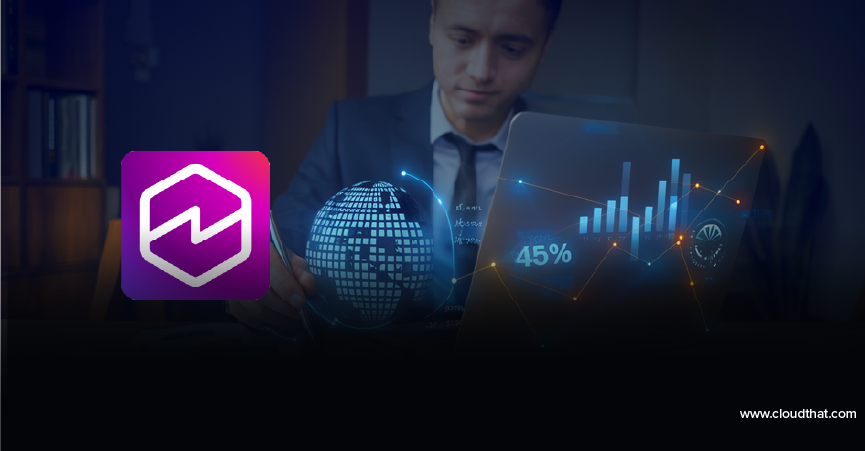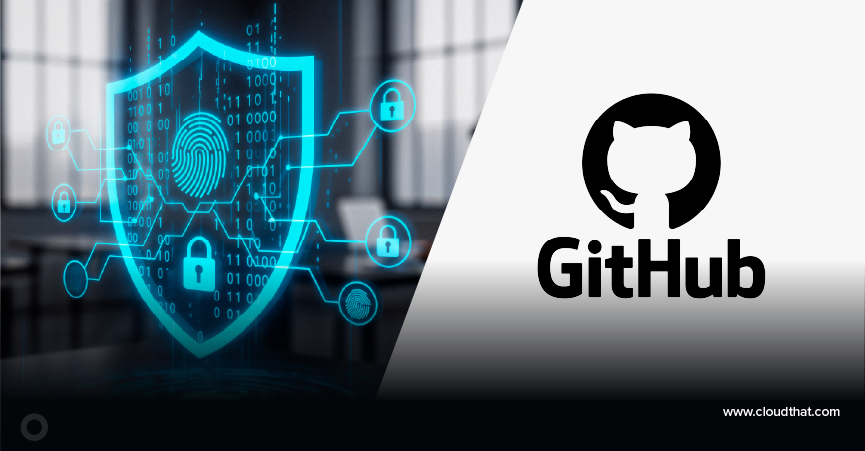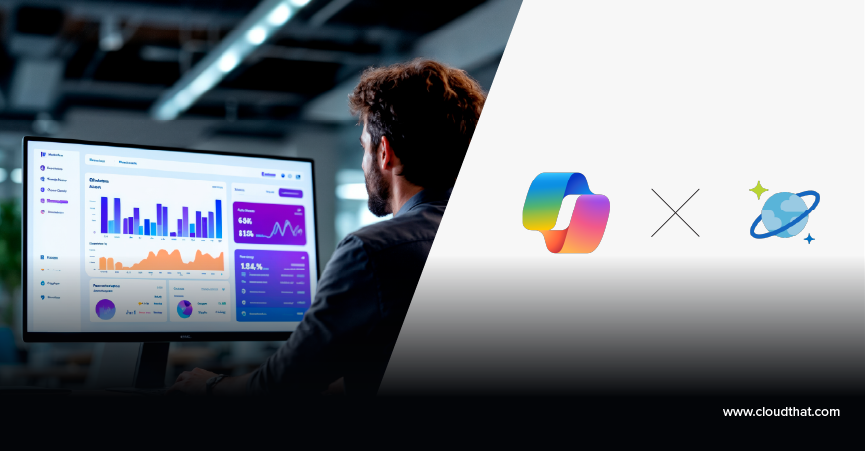|
Voiced by Amazon Polly |
Overview
In the digital-first world of today, data informs decisions in every sector. From real-time customer personalization to predictive manufacturing maintenance, the success of these efforts relies on the accuracy and reliability of data pipelines. But what if the data breaks? Inaccurate metrics, missing values, or a failing pipeline can lead to bad choices, lost money, and damaged confidence.
This is the point at which data observability becomes relevant. Often compared to application performance monitoring (APM), but for data, data observability gives teams visibility into the health of their data pipelines, helping to proactively detect, resolve, and prevent data quality issues.
This blog post will explain data observability, its importance, and how businesses can use it to create more data systems.
Pioneers in Cloud Consulting & Migration Services
- Reduced infrastructural costs
- Accelerated application deployment
Introduction
Instead of having faith that your pipelines are operating passively, observability enables you to question:
Is the data coming in on time? Is the data accurate and complete? Did the schema unexpectedly change? Who handled this data, and when?
By answering these questions, teams can catch and fix issues before they affect downstream analytics or business decisions.
Why Data Observability Matters?
- Guarantees Data Reliability and Trust – Contemporary organizations make important data-based decisions. If data is outdated, incomplete, or erroneous, it may result in incorrect conclusions. Observability instills confidence in the data by making its health continuously visible.
- Reduces Time-to-Resolution – Without observability, it can take hours or even days to notice the root of a data issue. Data observability tools enable real-time insights into where and why things are failing—minimizing downtime and enabling faster response times.
- Facilitates DataOps and Agile Data Engineering – Data pipelines are constantly changing when operating at high speeds. Data observability serves as a security net, allowing teams to go fast with assurance yet still detect regressions and anomalies ahead of time.
The Five Pillars of Data Observability
Modeled after practice in software development monitoring, new data observability rests on five foundational pillars:
- Freshness – Looks at whether or not the data is arriving at the correct time and refreshed to expected levels. Tardy-delivering data has the potential to undermine reporting as well as predictive accuracy.
- Volume – Verifies that the volume received falls within bounds. Abrupt decreases or jumps could mean there’s data being lost or getting duplicated.
- Distribution – Keeps track of the statistical shape of your data (e.g., averages, null values, field ranges). Statistical anomalies in distribution can signal errors upstream or data drift.
- Schema – Watch for updates to the data structure (e.g., new columns, removed fields). Schema updates can invalidate downstream transformations if not tracked.
- Lineage – Gives insight into how data flows between systems, what changed it, who touched it, and where it’s being utilized. This makes it easier to identify the underlying causes of issues and assess their effects.
These pillars create the foundation for end-to-end data observability and enable proactive monitoring and alerting.
How to Deploy Data Observability?
- Establish a Data Observability Platform: A few solutions for modern data stacks offer unconventional observability. Some of them are:
- Monte Carlo: Offers automated monitoring of data, incident notification, and lineage tracing across cloud data warehouses such as Snowflake, BigQuery, and Amazon Redshift.
- Datafold: Provides data diffs and validation, which can be used to test pipeline updates before going live.
OpenLineage and Marquez: Open-source solutions for collecting lineage metadata and plugging it into orchestration frameworks such as Apache Airflow.
- Instrument Data Pipelines – Embed observability into your ETL/ELT processes. This entails logging important metrics (for instance, record counts and processing times), including validation tests, and plugging in monitoring APIs.
- Establish SLAs and Data Quality Thresholds – Establish service-level agreements (SLAs) for data freshness, completeness, and accuracy. Utilize alerts to notify teams when such thresholds are violated.
- Automate Anomaly Detection – Utilize ML-based anomaly detection to detect unforeseen changes in data patterns. This is particularly useful for detecting silent errors that humans may not notice.
- Allow Data Lineage from End to End – Turn on End-to-End Data Lineage, which allows you to follow data from its source to its destination. Understanding how data moves and with whom can help diagnose problems, maintain compliance, and estimate a change’s blast radius.
Conclusion
As data becomes the driver of every digital interaction, data observability is no longer nice to have, it is required. It enables businesses to ensure pipeline dependability at scale, trust their analytics, and identify issues with data quality early.
Just like how APM technologies transformed the way we monitor apps, data observability is revolutionizing the modern data stack in the same vein. Observability is the roadmap to success for data teams hoping to develop rugged, trusted, and scalable data systems.
Drop a query if you have any questions regarding Data Observability and we will get back to you quickly.
Empowering organizations to become ‘data driven’ enterprises with our Cloud experts.
- Reduced infrastructure costs
- Timely data-driven decisions
About CloudThat
CloudThat is an award-winning company and the first in India to offer cloud training and consulting services worldwide. As a Microsoft Solutions Partner, AWS Advanced Tier Training Partner, and Google Cloud Platform Partner, CloudThat has empowered over 850,000 professionals through 600+ cloud certifications winning global recognition for its training excellence including 20 MCT Trainers in Microsoft’s Global Top 100 and an impressive 12 awards in the last 8 years. CloudThat specializes in Cloud Migration, Data Platforms, DevOps, IoT, and cutting-edge technologies like Gen AI & AI/ML. It has delivered over 500 consulting projects for 250+ organizations in 30+ countries as it continues to empower professionals and enterprises to thrive in the digital-first world.
FAQs
1. In what ways does data monitoring differ from data observability?
ANS: – While monitoring typically focuses on alerting when systems break, observability provides a comprehensive understanding of why something broke by offering insights into data freshness, volume, schema, and lineage.
2. What types of problems can data observability solve?
ANS: – It can detect missing data, failed ETL jobs, broken dashboards, schema changes, and data drift, ensuring pipelines deliver accurate, complete, and timely data.

WRITTEN BY Hitesh Verma
Hitesh works as a Senior Research Associate – Data & AI/ML at CloudThat, focusing on developing scalable machine learning solutions and AI-driven analytics. He works on end-to-end ML systems, from data engineering to model deployment, using cloud-native tools. Hitesh is passionate about applying advanced AI research to solve real-world business problems.


 Login
Login


 May 5, 2025
May 5, 2025 PREV
PREV










Comments